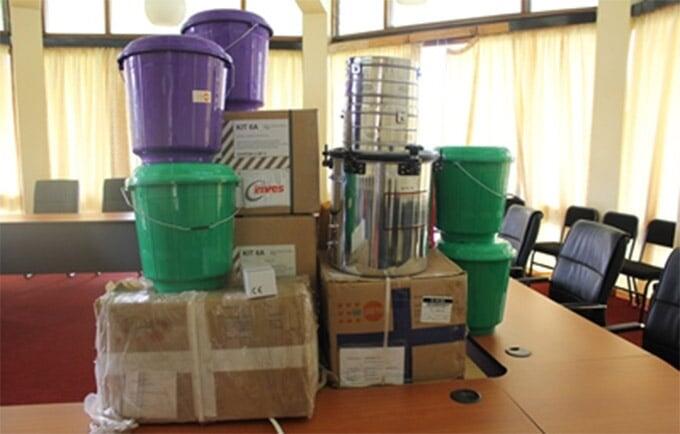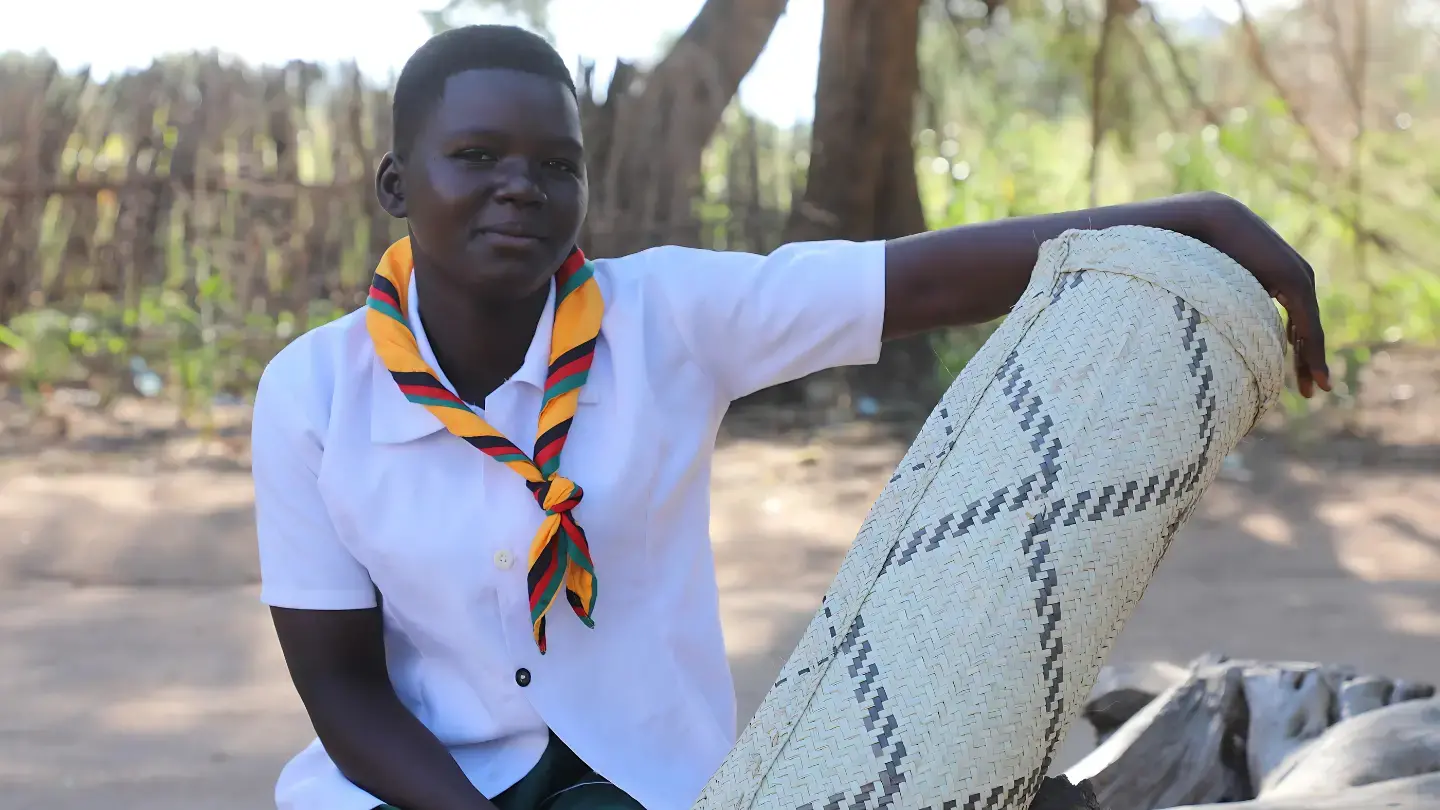Since 8 January 2015, Malawi has been experiencing continuous heavy rains accompanied by stormy winds. Extensive flooding and heavy damage to life and property has been reported mainly across the southern and eastern parts of the country. The state president declared a state of disaster on 13 January 2015, and has appealed for international aid.
The 15 affected districts (out of a total of 28 districts) are Nsanje, Chikwawa, Blantyre, Phalombe, Mulanje, Zomba, Machinga, Chiladzulu, Thyolo, Mangochi, Salima, Karonga, Balaka, Rumphi and Lilongwe. According to Government estimates, a total of 120,000 people (over 20,641 households) are displaced in the affected districts, and 53 deaths have been reported. About 153 people are reported to be missing. According to estimation by the Department of Surveys, 63, 531 hectors of land have been submerged by flood waters as of 13 January 2015. Data available does not adequately capture the situation as some populations are still cut off and difficult to reach.
The Government of Malawi in collaboration with the Red Cross, UN agencies (UNDP, UNICEF, UNFPA, and WFP conducted a rapid assessment on 11 of January 2015. The assessment aimed at identifying the immediate needs of the people affected by the floods as well as immediate extent of the damage. The assessment indicated that houses have collapsed, some completely and some partially; livestock has drowned, crops has been washed away; crop fields submerged; some parts of road networks have been washed away in some affected districts, resulting in inaccessibility to health facilities, schools and other public services. Due to poor sanitation in the affected areas, there is faecal contamination of drinking water, as boreholes have also been flooded. The Mkula hydro electrical power station, in Blantyre district has also been affected which has resulted into interrupted power supply in all districts. The education system has also been interrupted due to damaged school blocks and some schools being used to temporarily house affected families. Some health facilities have also been affected with damaged or roofs and infrastructure.
Chikwawa and Nsanje were the hardest hit districts, with several people requiring rescue by military helicopters and marine boats. Many of the displaced families are being housed in relocation camps (number not known yet) established by the Government, and managed by respective Civil Protection Committees. A total of 15 and 7 camps have been set up in Nsanje and Chikwawa respectively. The affected population is in urgent need of shelter, food, clean water and sanitation, health services and other essential non-food items.
Proposed UNFPA Response to 2015 Floods
- 2,320 Dignity kits worth about USD 53,000 have been distributed in Nsanje, Chikwawa, Phalombe, Mangochi, Machinga and Zomba.
- 7 Delivery beds worth about USD 10,500 have been purchased (two each for Chikwawa, Nsanje and Zomba and one for Mangochi).
- Antibiotics, medical supplies and IV fluids worthy USD 774,545 have been presented to Ministry of Health for distribution.
- 2 Ambulances worth USD 104,000: Procurement process for one ambulance completed, the other one being processed.
- Gender Based Violence coordinator has been recruited and already deployed to the disaster affected southern region.
- Reproductive Health (RH) coordinator has been recruited and is already deployed to the disaster affected southern region.
- RH Kits have been delivered to DHOs in Nsanje, Chikwawa, Phalombe, Mangochi, Zomba, Machinga.
- Kitted medical supplies and equipment: worth about USD 71,000 have been distributed to 7 districts and two central hospitals—contains clean delivery kits, medicines, drugs and equipment for managing clean deliveries, caesarean section and other pregnancy related complications, treatment for STI, PEP kits etc.
- Medical supplies and equipment worth USD 251,545: Distribution plan has been developed and the actual distribution being done by the government through Central Medical Stores. Expected in the country by 6th February, 2015.
- Antibiotics and Intravenous fluids worth USD 523,000, as in the case of medical supplies above, already handed over to government through Secretary of Health.
- 50 Tents worth USD 25,000 are under procurement and being transported to be used for Women friendly spaces (victims of GBV and counselling centres).



